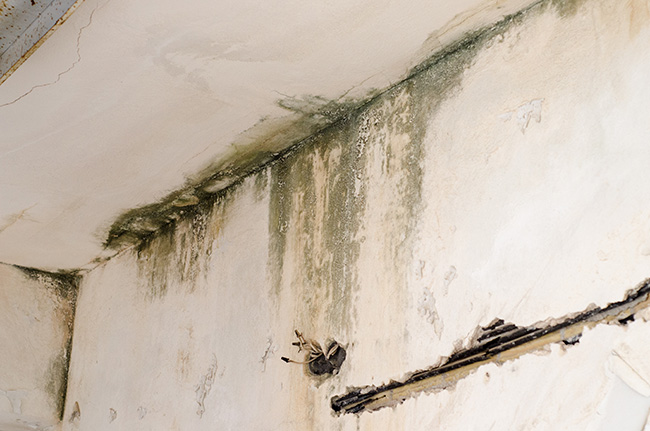Properly sealing these areas with caulk or weatherstripping can create a barrier against water infiltration. For homes prone to basement flooding, a sump pump is a valuable investment. Sump pumps can efficiently remove excess water from basements, preventing flooding and water damage. Consider applying waterproof coatings to your basement walls and floors. This extra layer of protection can prevent water from seeping through porous materials and entering your living spaces. Regularly inspect and maintain your plumbing systems to prevent leaks and burst pipes. A small leak can escalate into a major problem if left unaddressed, causing extensive water damage over time. If you live in flood-prone areas, consider elevating electrical systems like outlets, switches, and circuit breakers. This precaution can help prevent short circuits and electrical damage that can result from flooding.
In the event of heavy rains or flooding, act swiftly. Clear drains, redirect water away from your home, and move valuables to higher ground if necessary. Quick action can minimize potential damage. Finally, ensure that your home insurance covers water damage. Review your policy and consider additional coverage if needed. Being financially prepared for unexpected water-related incidents can alleviate stress during difficult damage restoration times. Water damage prevention requires vigilance and proactive measures. By implementing these proven strategies, you can fortify your home against water-related threats and enjoy peace of mind knowing that you’ve taken steps to protect your valuable investment. Remember, prevention is always more cost-effective than dealing with the aftermath of water damage.” Water damage can be a homeowner’s worst nightmare, causing extensive and costly destruction to property and possessions.
From leaky roofs to burst pipes and flooding, water-related disasters can strike at any time. However, with proactive measures and timely interventions, you can effectively prevent water damage and safeguard your home. Routine inspections of your home’s key components can catch potential water damage sources before they escalate. Check for leaks in your roof, windows, and doors. Regularly examine your plumbing and drainage systems for signs of wear or blockages. Timely maintenance is essential in preventing water damage. Clear gutters and downspouts of debris to ensure proper water flow. Trim overhanging tree branches to prevent them from falling onto your roof during storms, and maintain your landscaping to promote proper drainage. Seal gaps and cracks in your home’s exterior to prevent water intrusion. Use weatherstripping around windows and doors to keep out rainwater.

